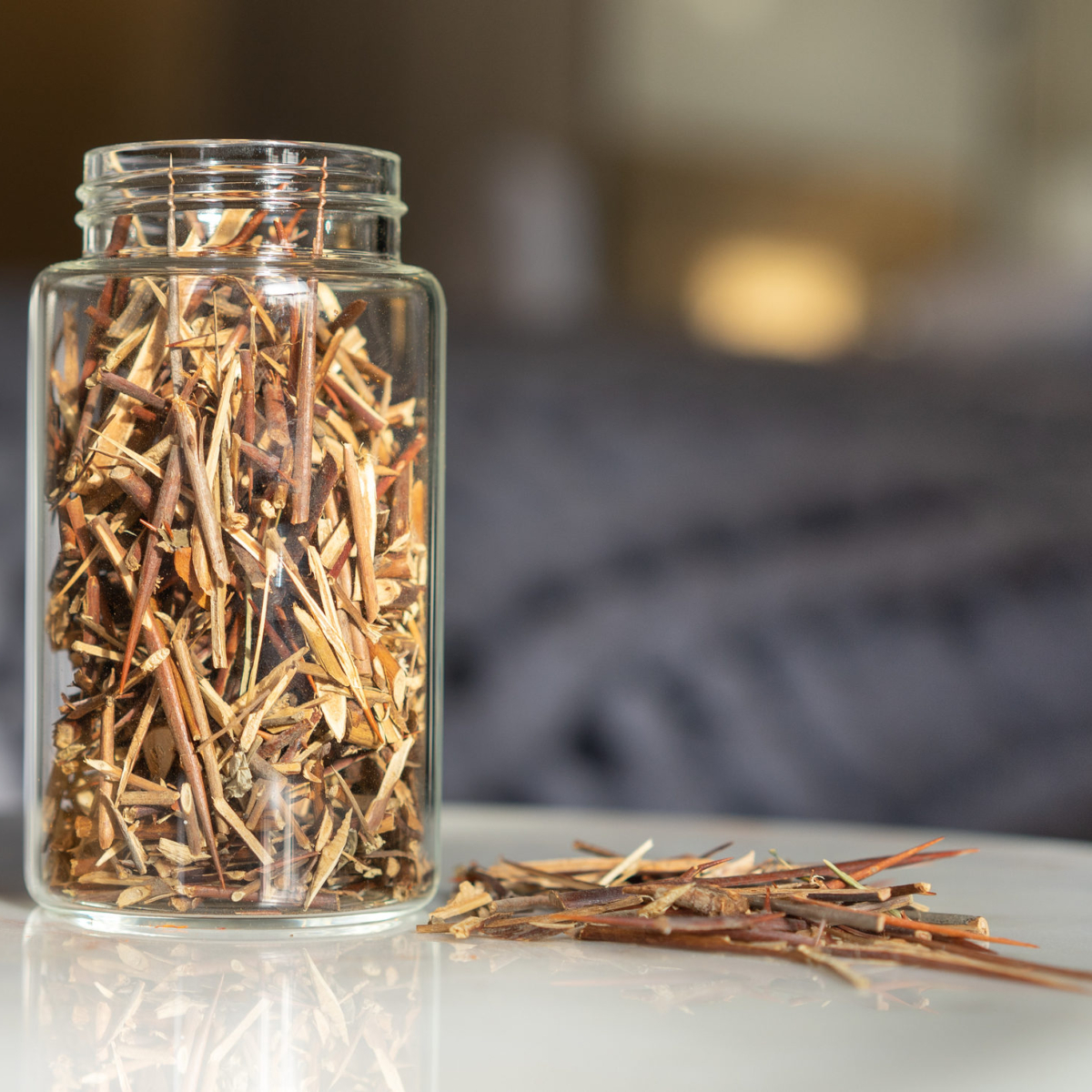
COMMON NAME (Chinese Name)
Chinese Honeylocust (Zào Jiá)
BOTANICAL NAME
Gleditsia Sinensis
USES
Supplements and pastes made from the dried, pulverized thorns of the Chinese honeylocust plant have long functioned as oral and topical anti-inflammatory and expectorant treatments. That is, when taken orally, Chinese honeylocust spine supplements can help reduce respiratory and airway inflammation and prompt the user to cough up any phlegm or mucus in the lungs. Additionally, Chinese honeylocust spine salves and poultices have long functioned as soothing balms for skin infections that do double-duty by both reducing painful inflammation and irritation while also drawing pus from within infected and abscessed sores. What’s more, supplements made from the dried, powdered hull of Chinese honeylocust fruits show some promise for the treatment of lung inflammation, like in bronchitis, pneumonia, and allergic asthma.
PREPARATION & ADMINISTRATION
Different parts of the Chinese honeylocust plant are useful for different TCM remedies and treatments. Most significantly, the fruit — including both the pulp and the hull taken separately — and the spines of the plant itself have medicinal uses in both powdered and decocted forms. Decoctions made using the dried leaves of this plant make useful topical dressings.
PRECAUTIONS
Some people have reported vomiting and diarrhea while using this herb so if you experience any of these side-effects, you should stop using any herbal supplements immediately and seek medical advice.
You should consult with a certified herbalist, physician or other qualified healthcare professional before taking Chinese honeylocust.
REFERENCES
Kim, Kyun Ha, et al. “Suppression of Lung Inflammation in an LPS-Induced Acute Lung Injury Model by the Fruit Hull of Gleditsia Sinensis.” BMC Complementary and Alternative Medicine, BioMed Central, 15 Oct. 2014
Lee, Mee-Young, et al. “Antiasthmatic Effects of Gleditsia Sinensis in an Ovalbumin-Induced Murine Model of Asthma.” International Journal of Toxicology, U.S. National Library of Medicine, Oct. 2011
Seo, Chang-Seob, et al. “Quantitative Analysis and Anti-Inflammatory Effects of Gleditsia Sinensis Thorns in RAW 264.7 Macrophages and HaCaT Keratinocytes.” Molecular Medicine Reports, U.S. National Library of Medicine, Sept. 2015
